LATEST FASHION
In my 20s, I had a pretty minimal, simple skincare routine. My normal products were cleanser, toner, moisturizer (and a lot of it because my skin can get dry), and most importantly, sunscreen. I think I didn't screw things up so much because at the age of 32, my skin is healthy and glowy—I think even more so than in my 20s actually because I'm taking better care of it, working out more, eating better, and just living a more balanced lifestyle. And of course, I do have to give some credit to my genes for the state of my skin.
I've been writing a couple of stories recently about skincare in your 30s and pretty much every dermatologist I've spoken to says prevention is key. Taking care of your skin as early as you can is very important. But that doesn't necessarily mean everyone needs to get fancy treatments or use shelves and shelves of products. Many of the dermatologists I spoke to said if you're going to have a lineup of products, it should be a cleanser, vitamin C serum, retinol, and sunscreen.
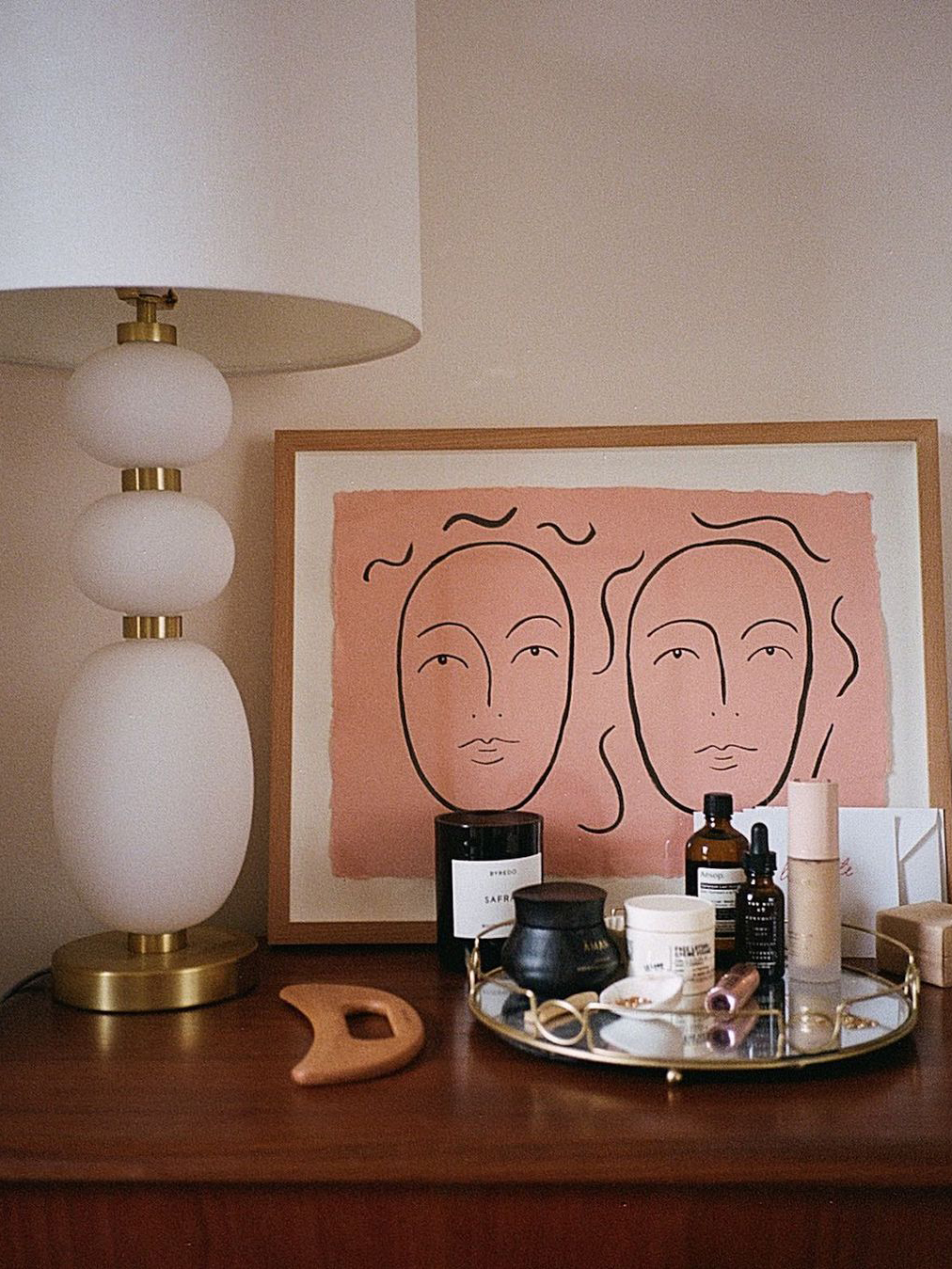
There is one product that I personally wish I used more in my 20s, though: eye creams. And it's not because I am stressing about fine lines and wrinkles. After learning that the skin around your eyes is the most delicate area, I felt a little guilty that I didn't take care of that area so much before. I think about all the eye makeup looks I wore on nights out that I then scrubbed off with not-the-gentlest makeup removers, and it makes me cringe a little. Plus, I didn't start dealing with the dark circles under my eyes until just a few years ago. Before that, I just slathered on concealer and called it a day. So when I started regularly using eye creams in my 30s, I noticed it makes all the difference for me, especially since I'm prone to dryness in that area and I regularly use various eye drops for glaucoma, which can sometimes irritate my skin. My eyes now look brighter and smoother.
It's important to note that not everyone needs an eye cream, but I believe the ones I've tried have helped me. And if you're freaking out wondering if you should be using one, just remember that you have to do what works with your specific skin needs. "Most importantly, remember that you have not done much damage yet!" says Heather D. Rogers, MD, founder and CEO of Doctor Rogers Restore and co-founder of Modern Dermatology. "Now is the time to make and keep those good habits to protect your skin. It is so much easier to prevent than reverse."
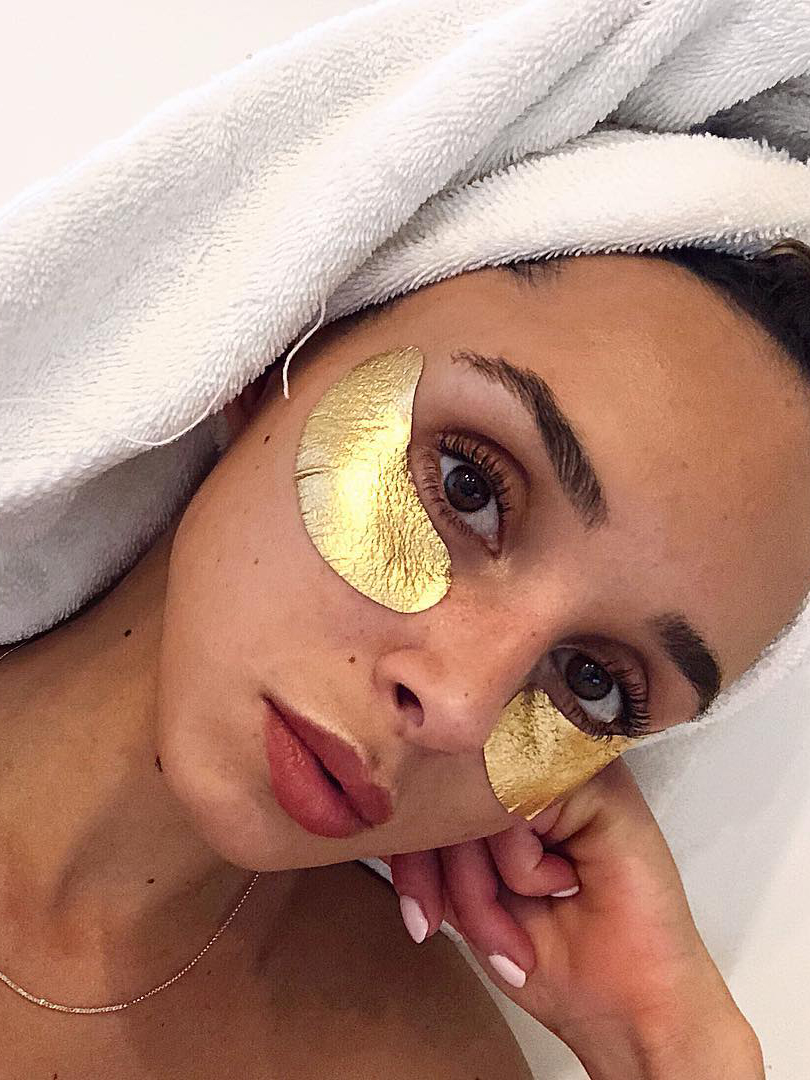
Since the skin around the eyes is the thinnest and most delicate skin, it is one of the first areas where you might note signs of aging, even in your 20s, explains Joyce Imahiyerobo-Ip, MD, FAAD, owner of Vibrant Dermatology and SkinBar MD. "The most common eye-related complaints I see are dark under-eye circles, crêpey skin, and sunken tired-looking eyes," she says. "Eye creams can help with the first two complaints. By using eye cream starting in your 20s, it can help prevent fine lines and wrinkles and help keep skin plump and well hydrated. It's also important to follow this up with sunscreen to avoid damage from harmful UV rays."
Whether you use an eye cream or not is a personal preference and depends on your skin needs. Board-certified dermatologist and founder of Skin Wellness Dermatology Corey L. Hartman, MD, FAAD, suggests that people start using an eye cream at the first sign of discoloration, dryness, or crêpey skin. There are a number of factors that could contribute to changes in that area, like dryness, thinness, and sensitivity to changes in hydration, sleep, and allergies.
"It is necessary to take care to fortify the area with extra hydration and moisture and to provide antioxidants and nutrients to protect the skin from environmental changes and heredity," Hartman explains. "Some believe that simply applying your moisturizer to your eyes is enough, but I have found success using specialized eye creams that are tailored to the specific needs of the patient."
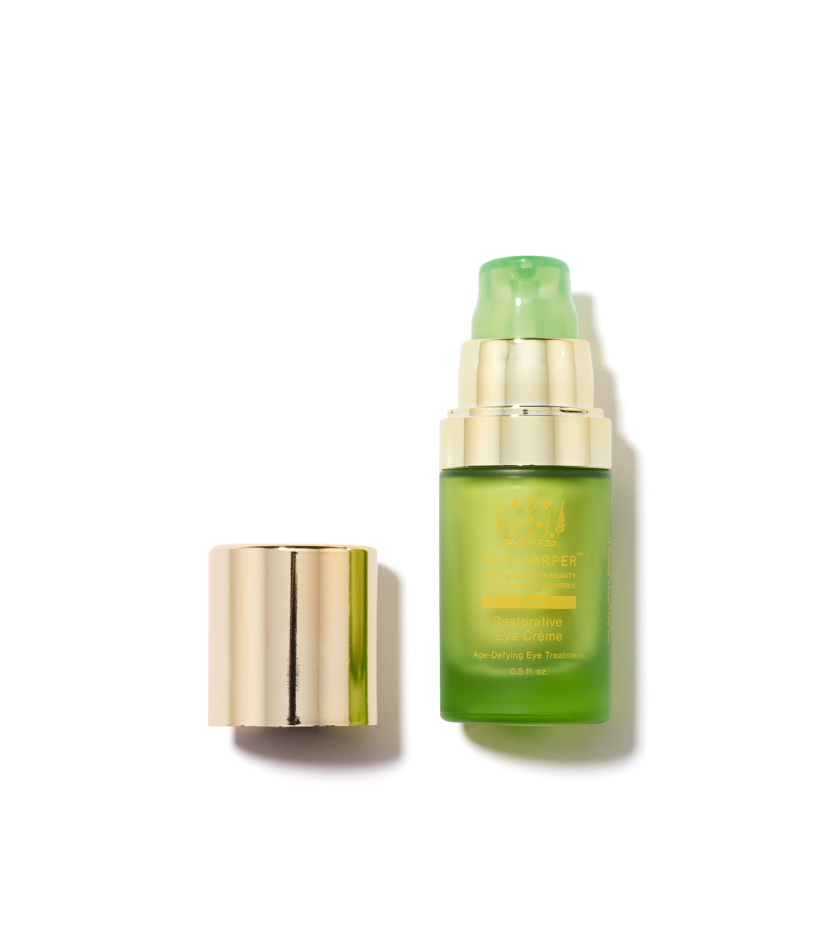
Rogers actually prefers using a moisturizer instead and doesn't use a dedicated eye cream. "Many movie stars, including Marilyn Monroe and Jennifer Aniston, have admitted to using Vaseline around their eyes," she says. "Petroleum jelly sits on top of the skin, protecting it from irritation and preventing water loss. This is a good thing, but there are better options! You want a product that will add water and oil back into your skin, not just prevent what's there from leaving. And that is all ingredients like petroleum, dimethicone, mineral oil, and microcrystalline wax do."
Daily sunscreen, preventive Botox, laser resurfacing, oral collagen, and topical retinoids are other options for protecting your skin against the signs of aging. And lifestyle habits play a factor too. "Getting enough sleep; reducing squinting by wearing sunglasses outside; limiting your intake of salt, simple sugars, and alcohol; and not smoking all help slow the aging process by building collagen or slowing its breakdown," Rogers adds.
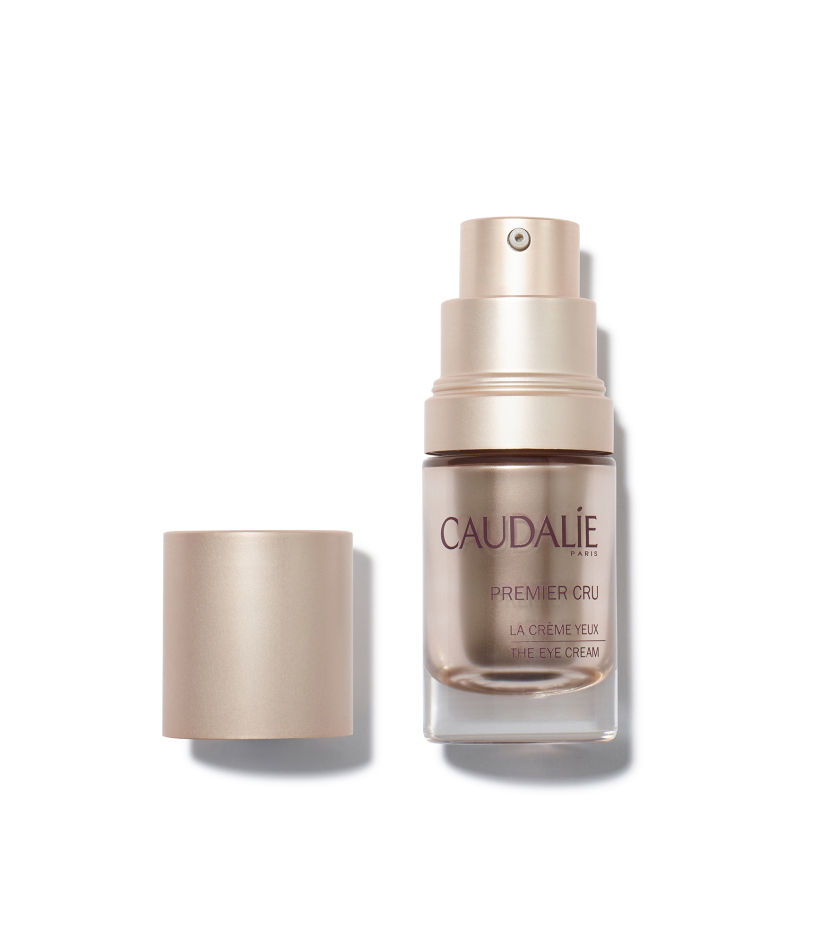
Ideally, a good eye cream will replenish moisture to the area and help with puffiness, fine lines, and discoloration. "Eye creams contain different active ingredients to address specific concerns like hyperpigmentation, hemosiderin staining, skin 'crinkles,' crêpe-like skin, eyelid edema, and increased vascularity," Hartman explains. "The right product can reduce the need for concealer by addressing all of these concerns and preventing the area from aging quite as quickly." Many people in their 20s might see discoloration or puffiness in the preorbital area, and Hartman recommends looking for ingredients like vitamin K, vitamin C, hyaluronic acid, caffeine, and arnica.
Rogers also suggests looking for a well-formulated hypoallergenic cream with emollients made from vegetable oils and fatty acids that your skin can use, and humectants like glycerin that pull water into the skin will help plump up your skin, including on your eyelids.
When applying a product to the eye area, Hartman says you should be gentle because the slightest irritation can cause inflammation that leads to discoloration and wrinkles. "Apply eye cream after washing the face and by dabbing first and then rubbing it in," he says. "Be sure to start with the skin under the eye but include the crow's-feet and upper eyelid as well."
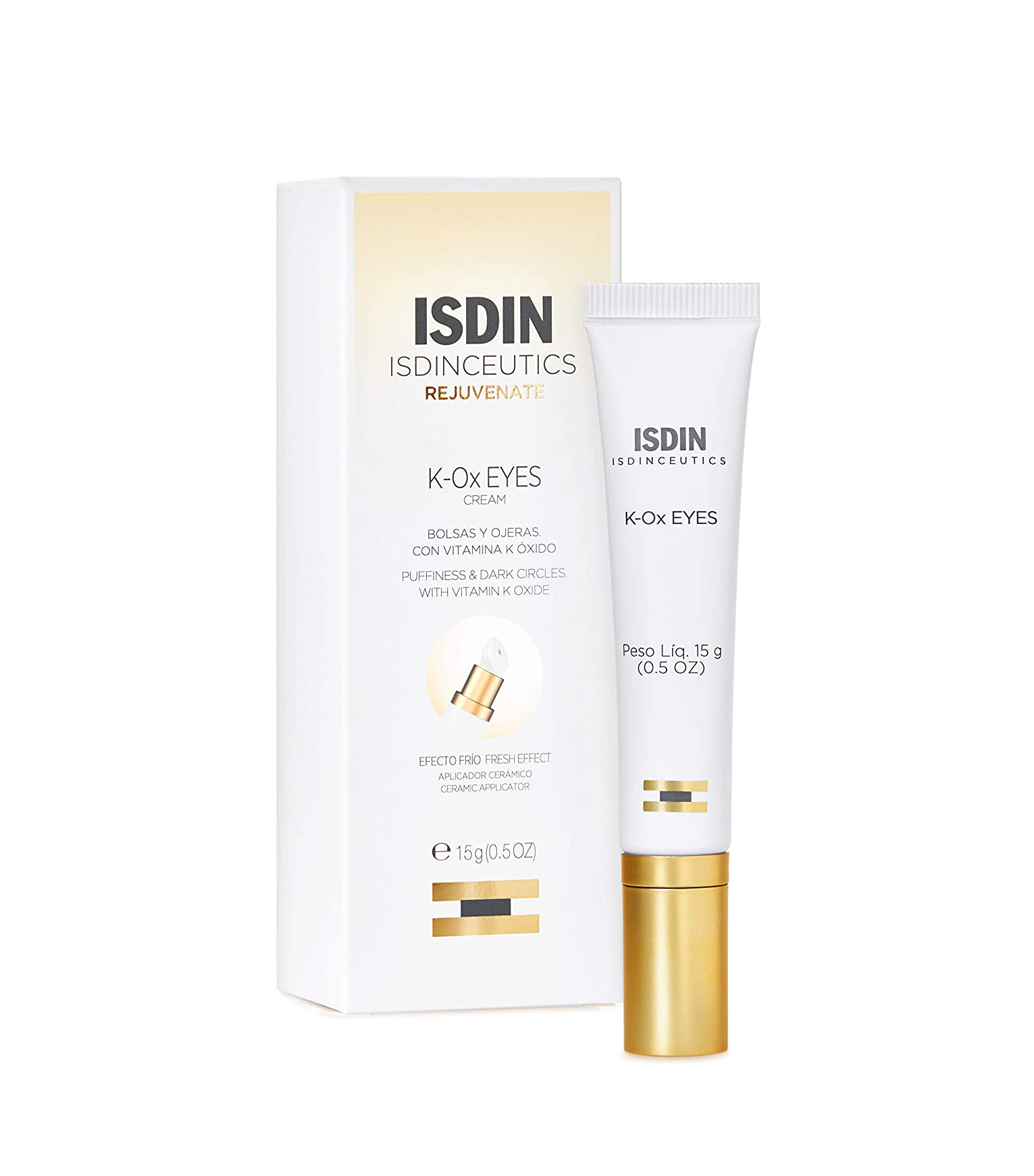
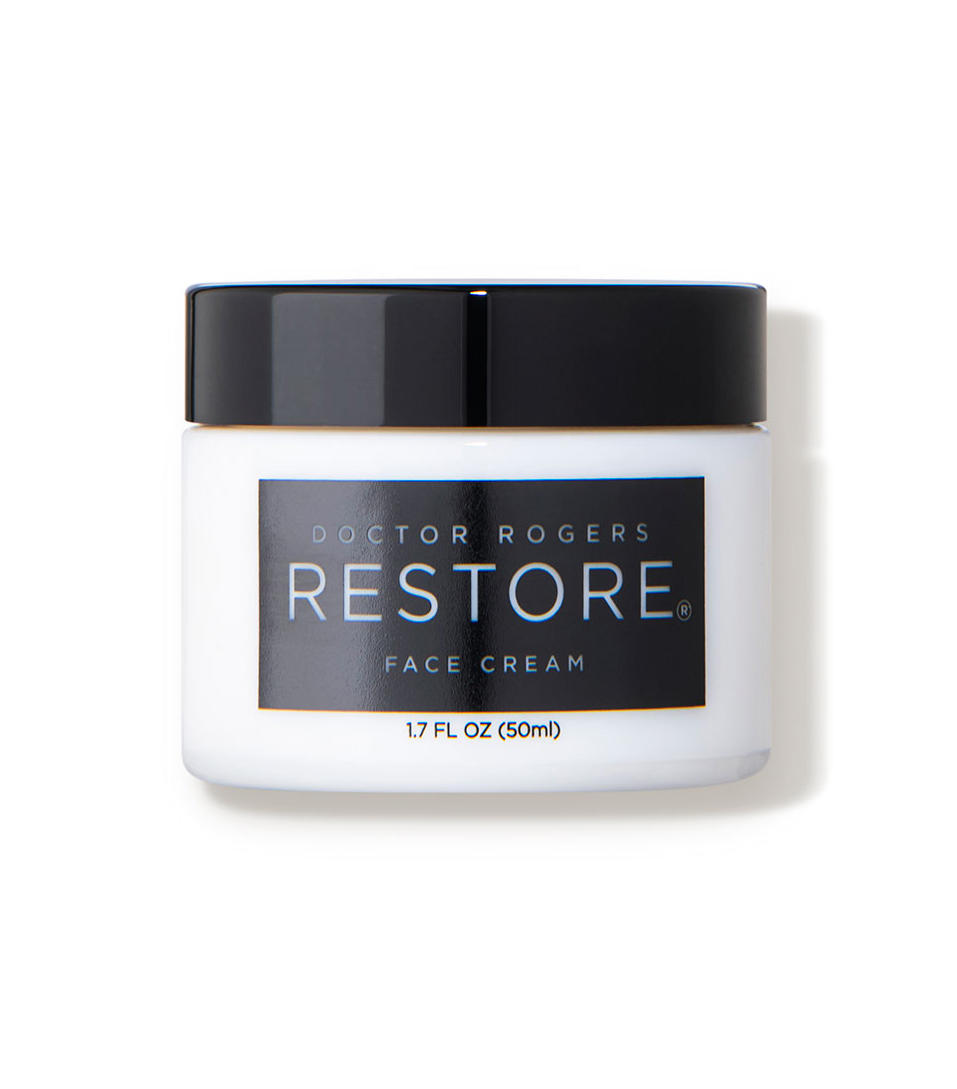
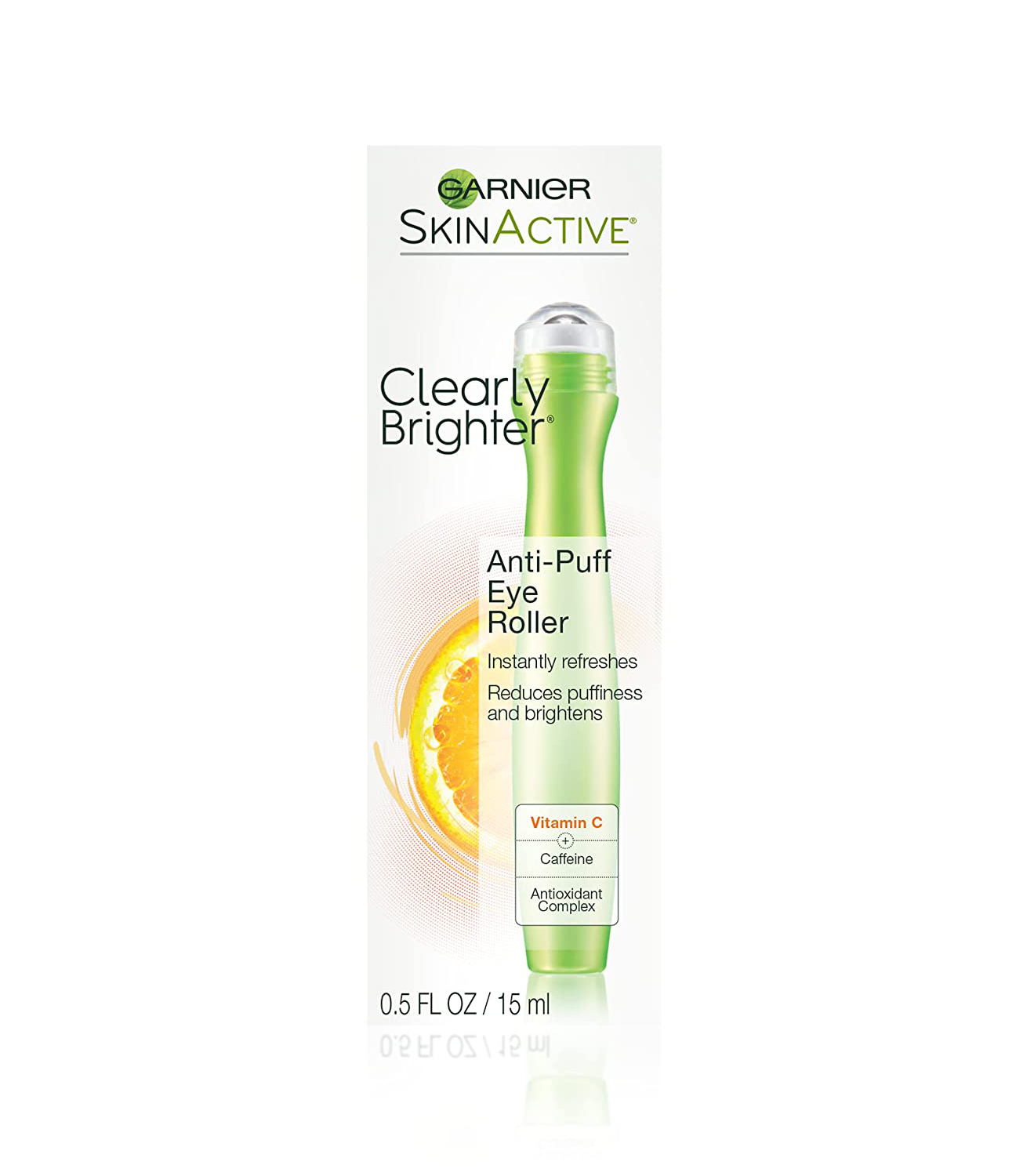
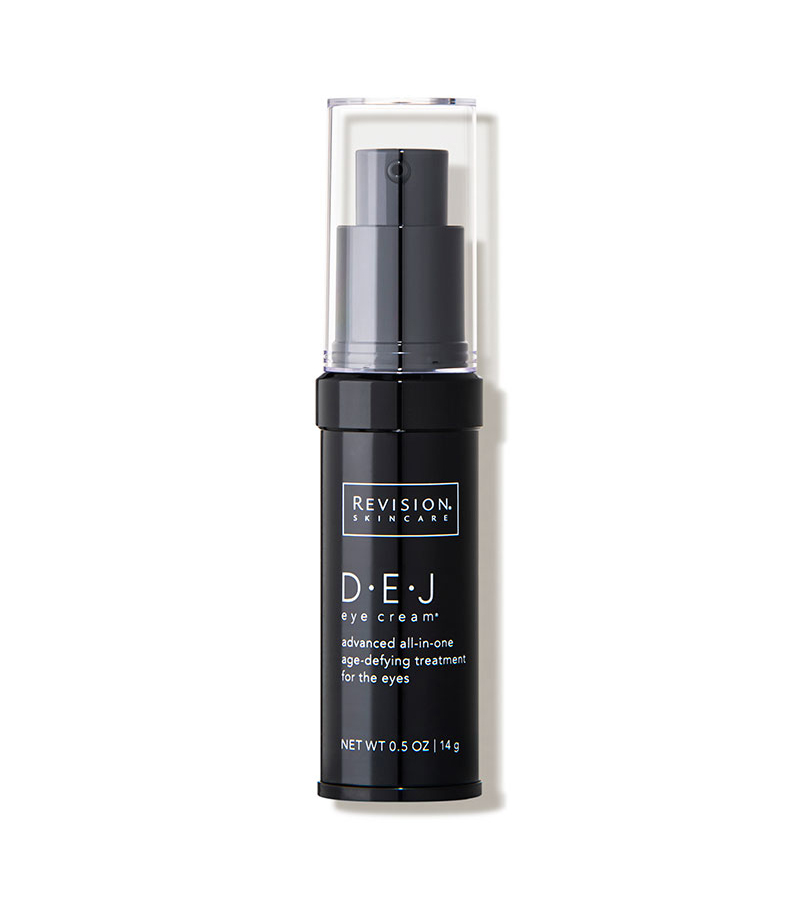
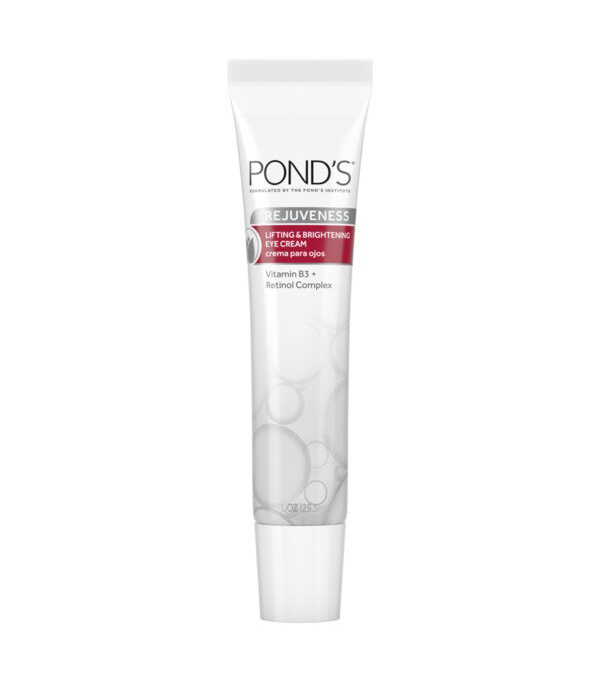
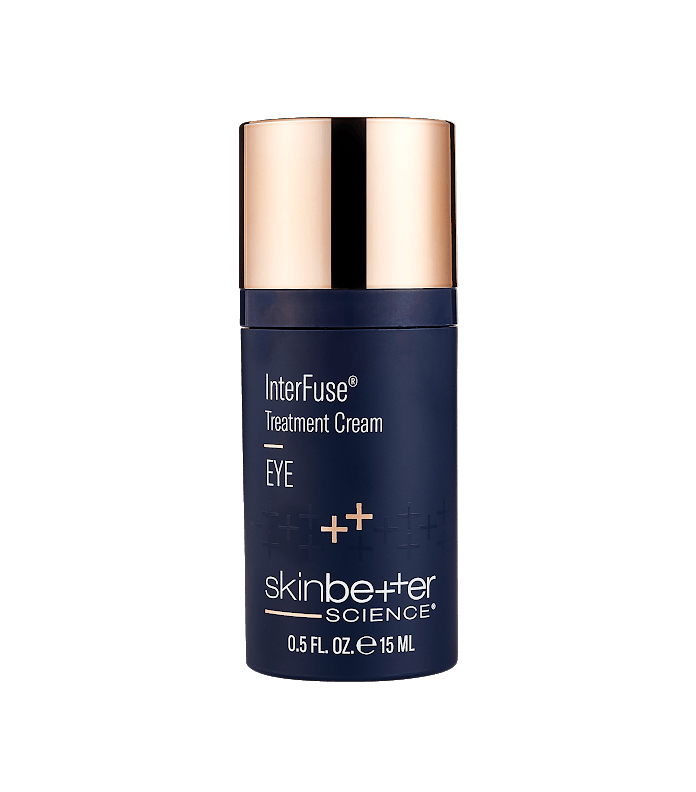
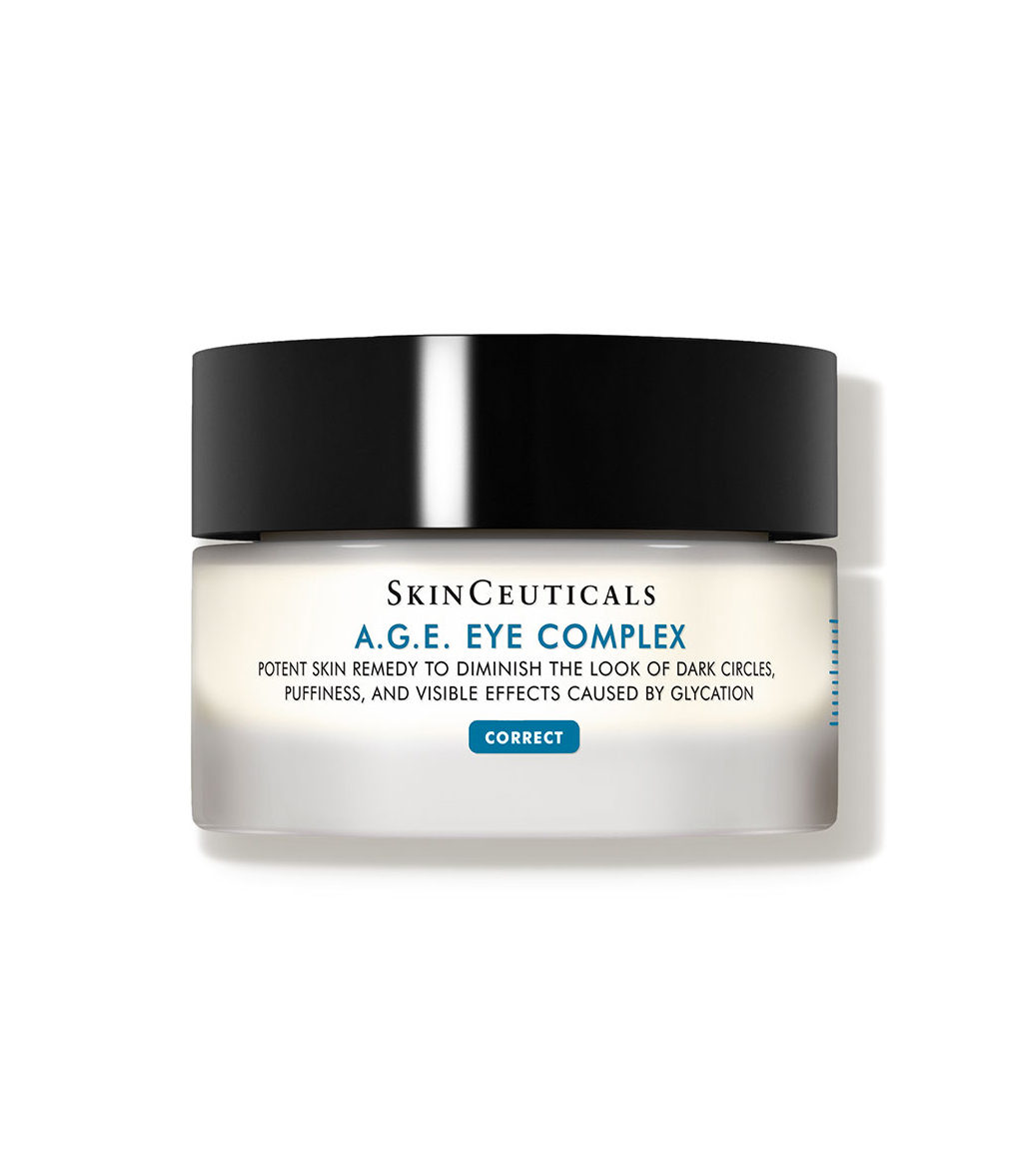
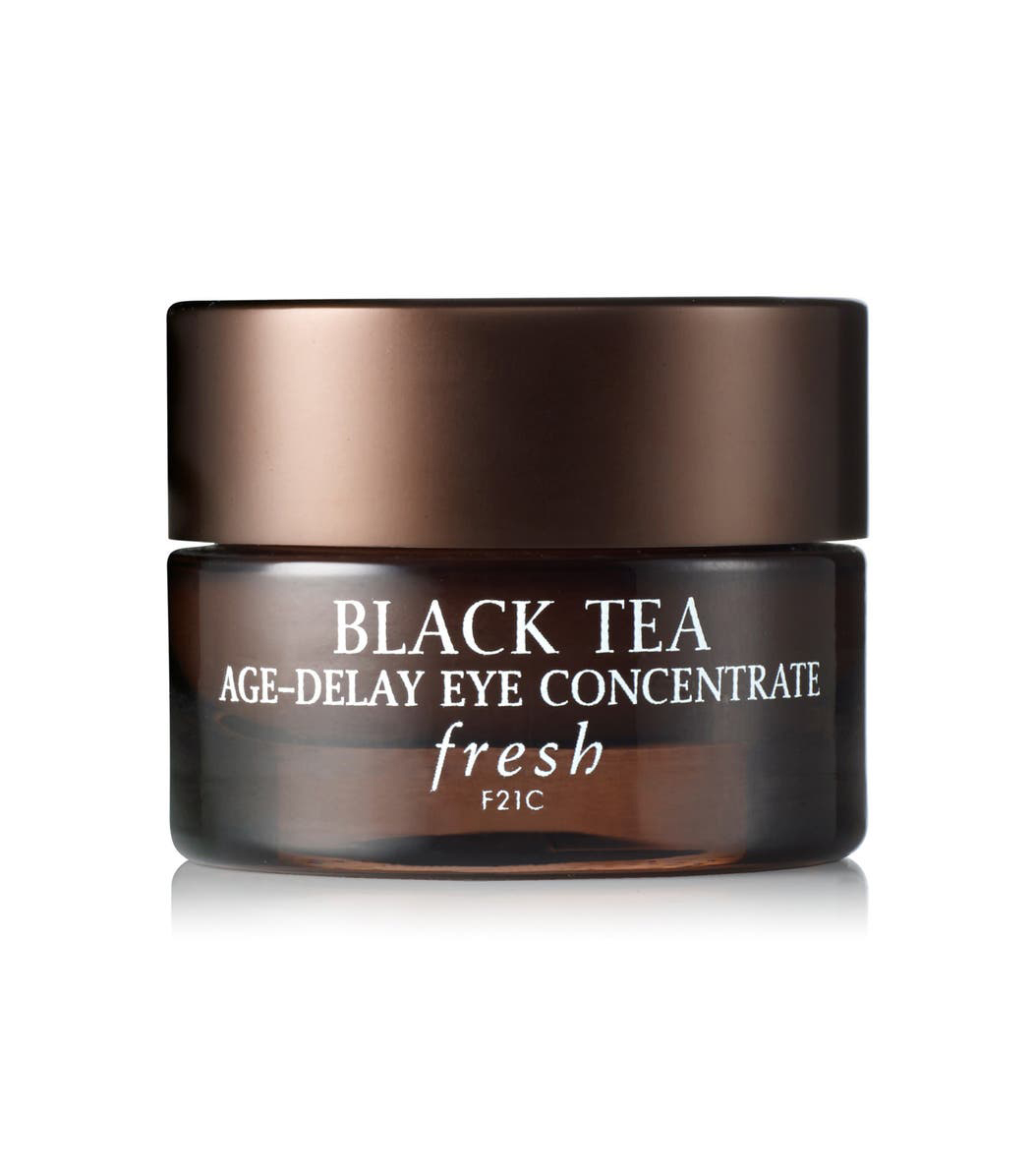
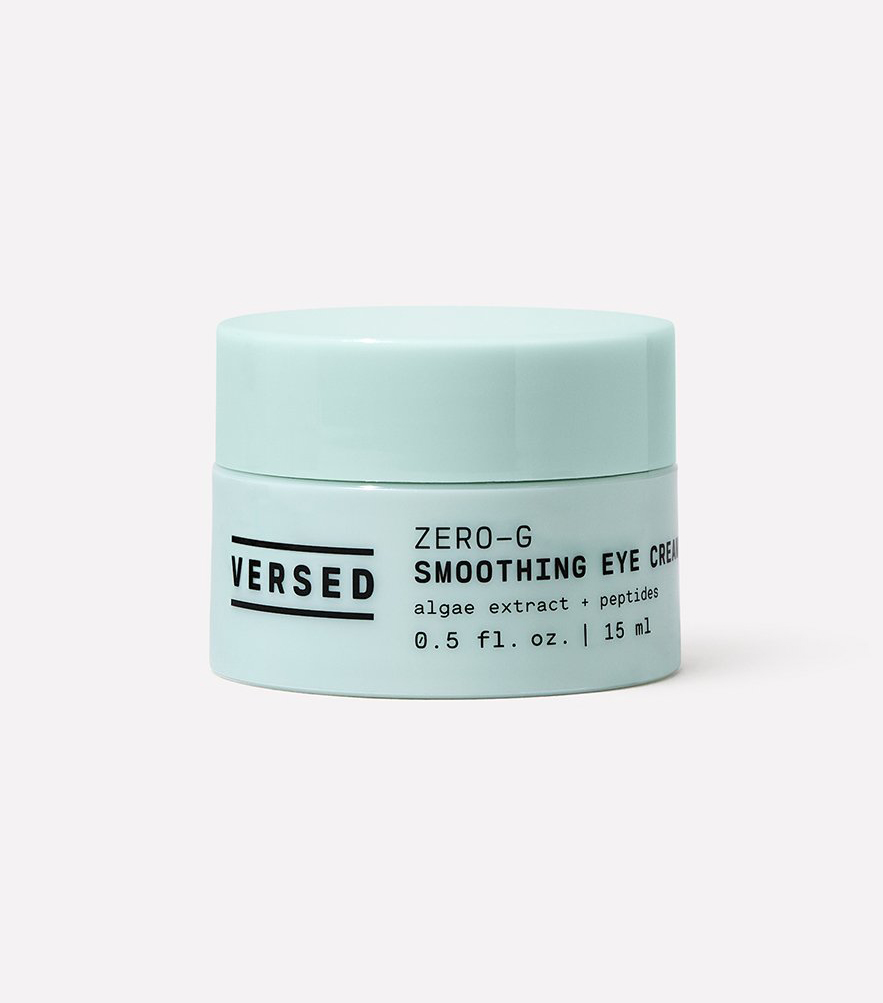
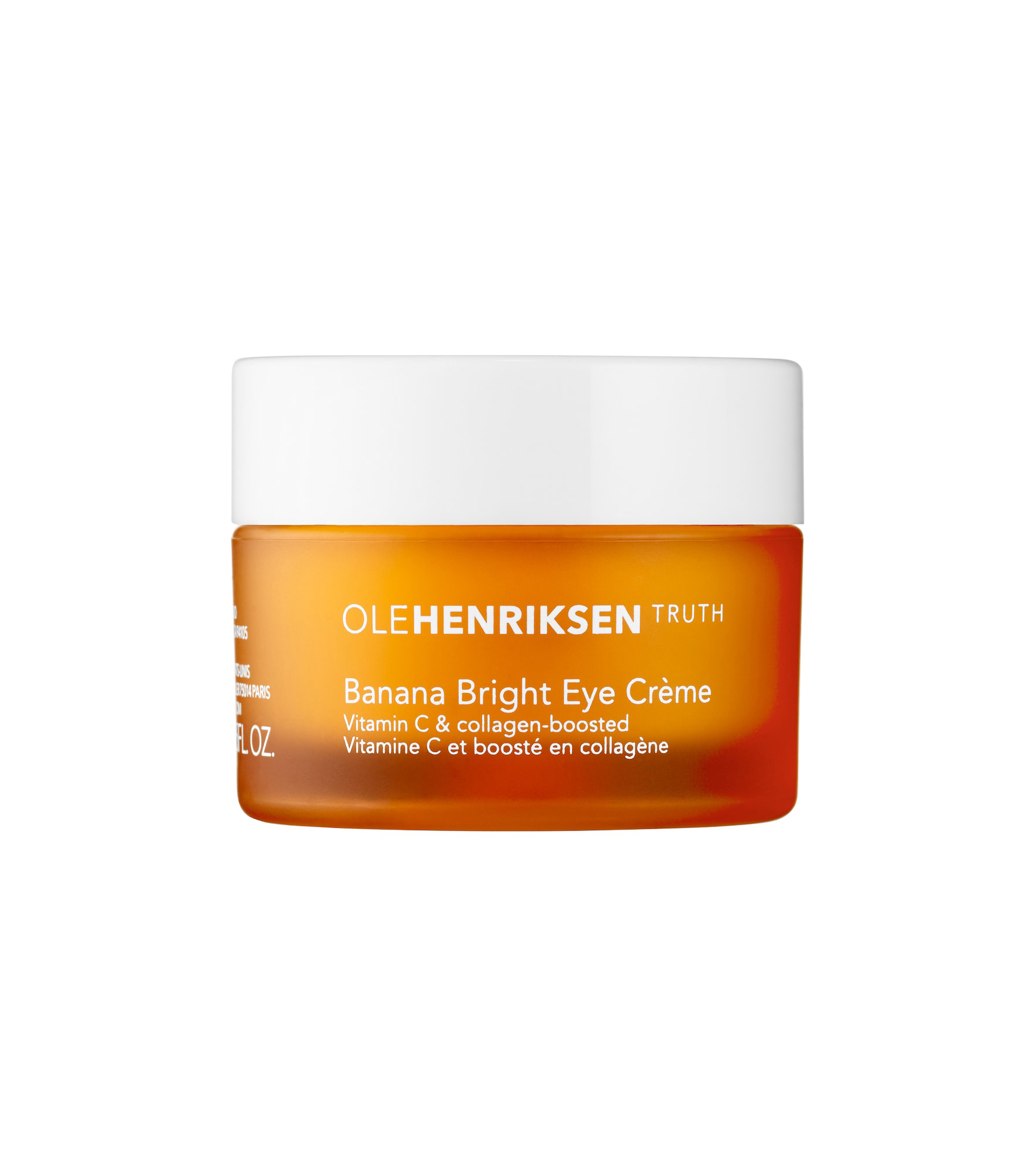
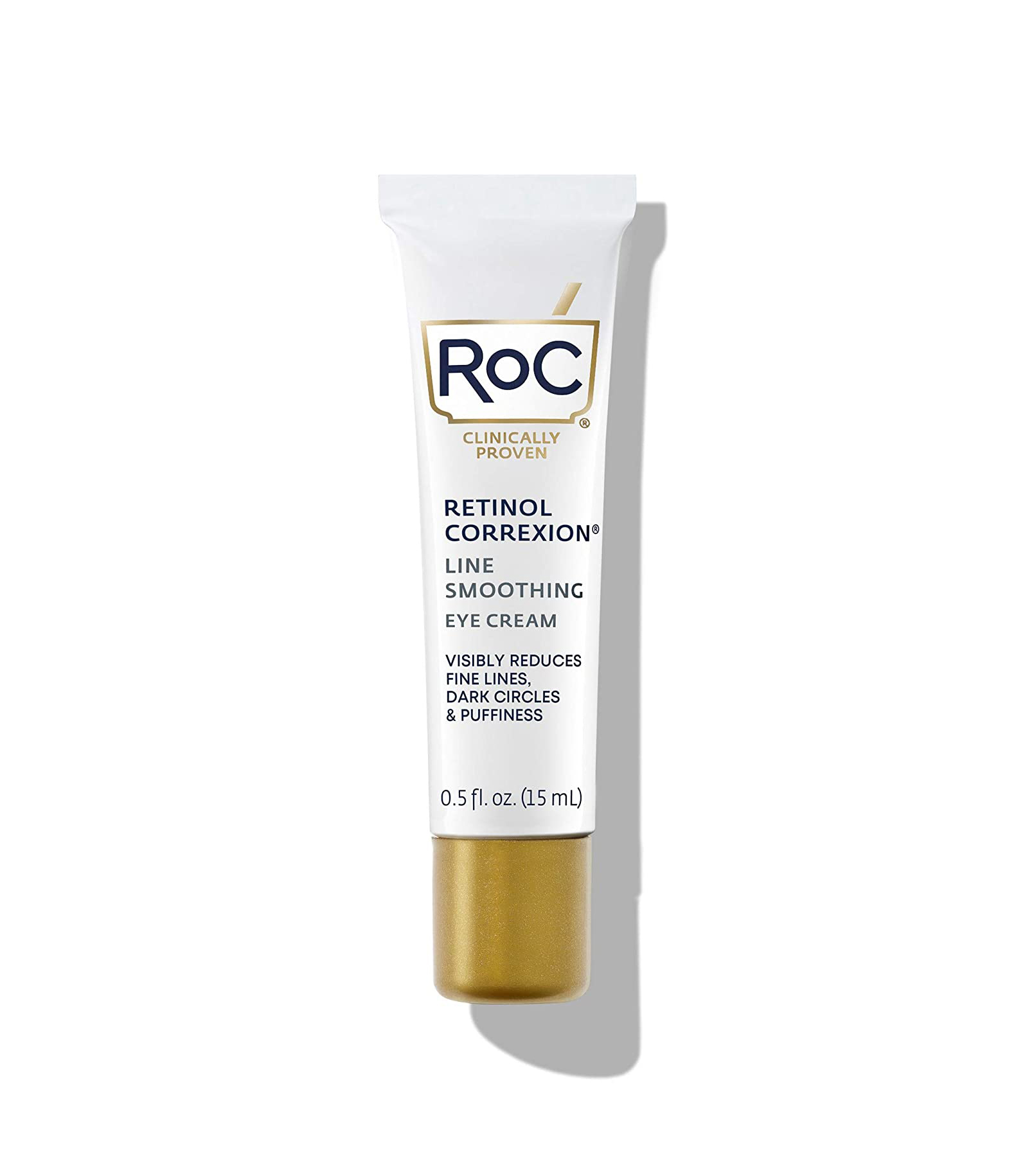
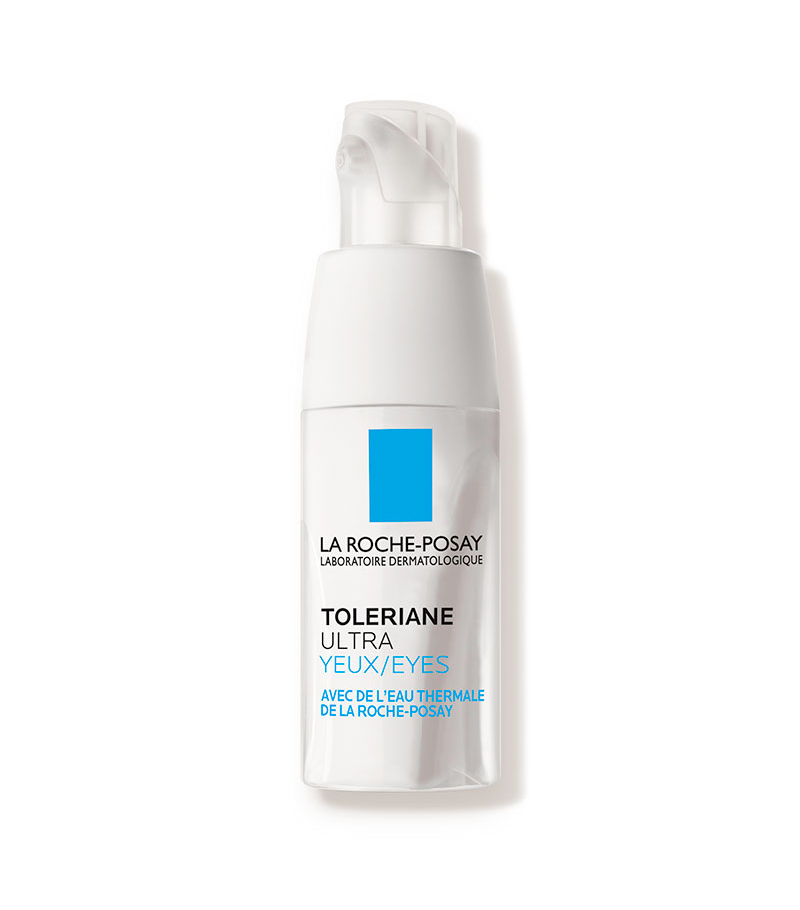
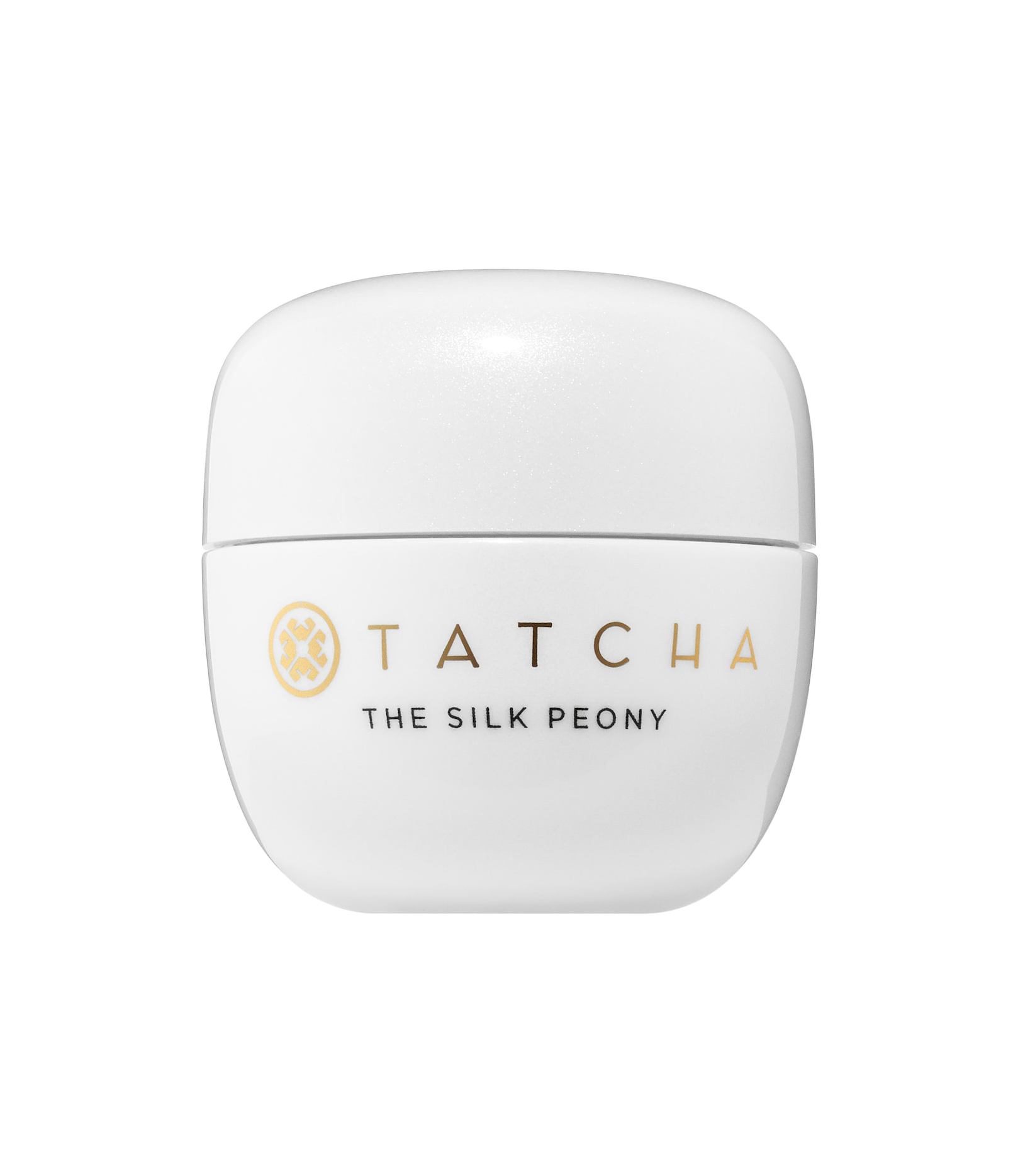
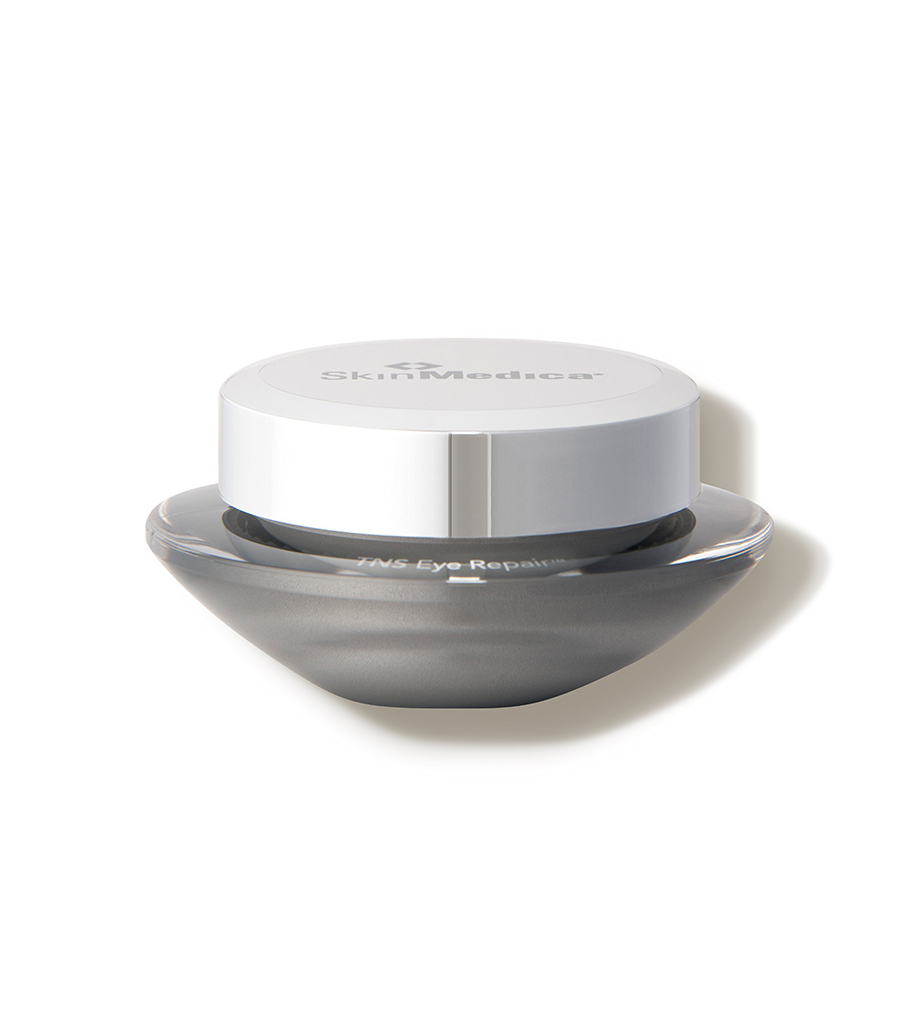
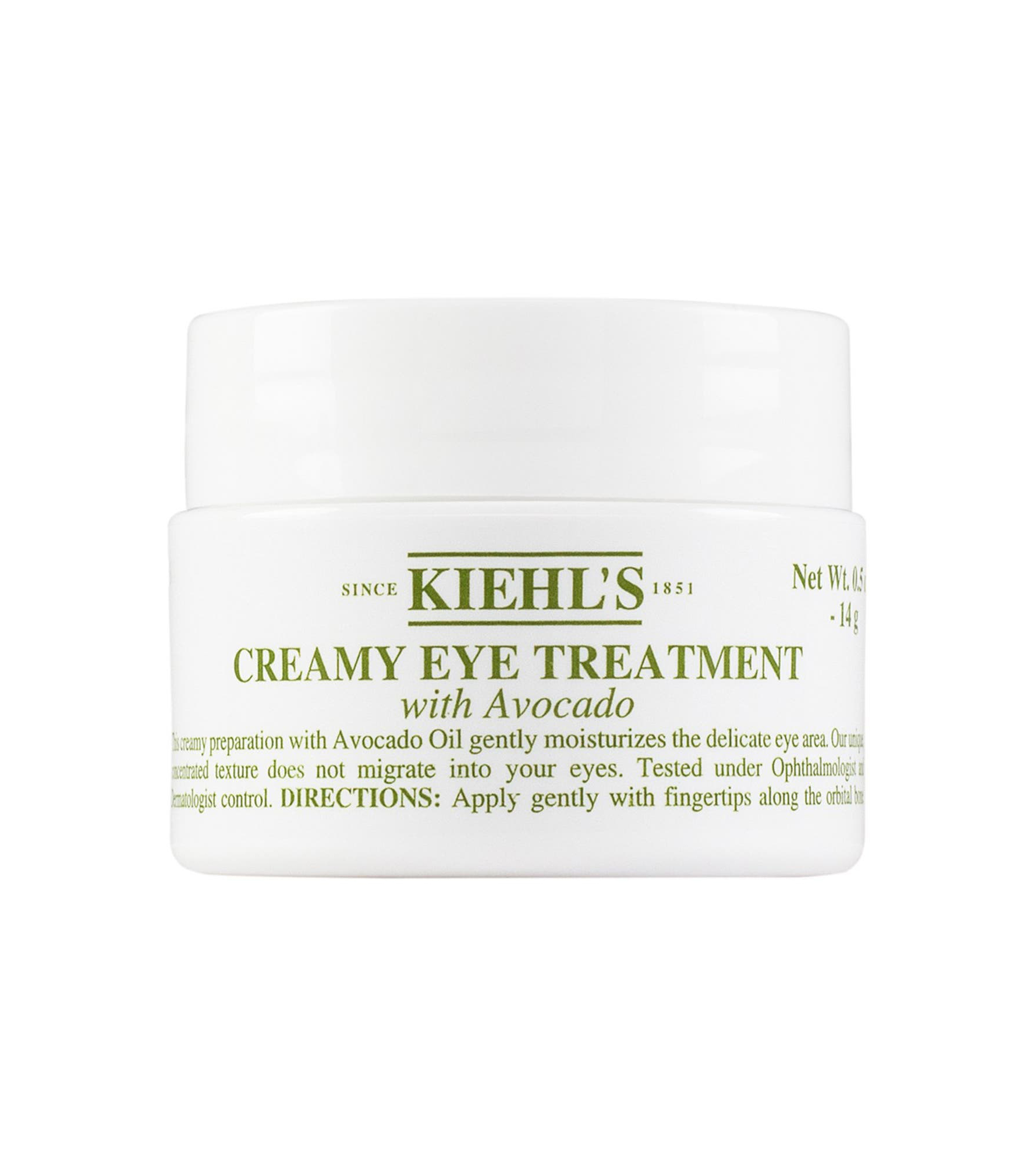
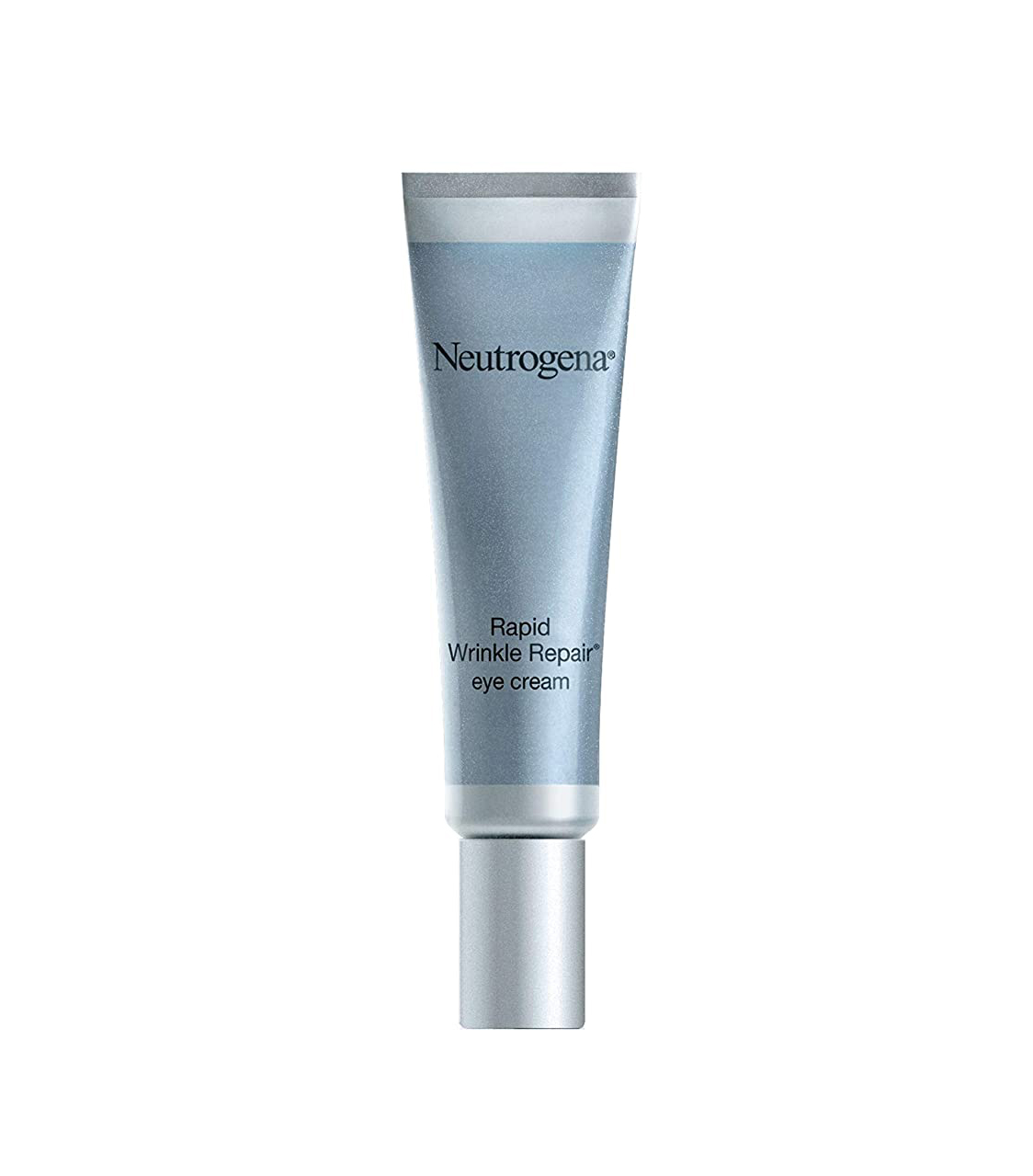
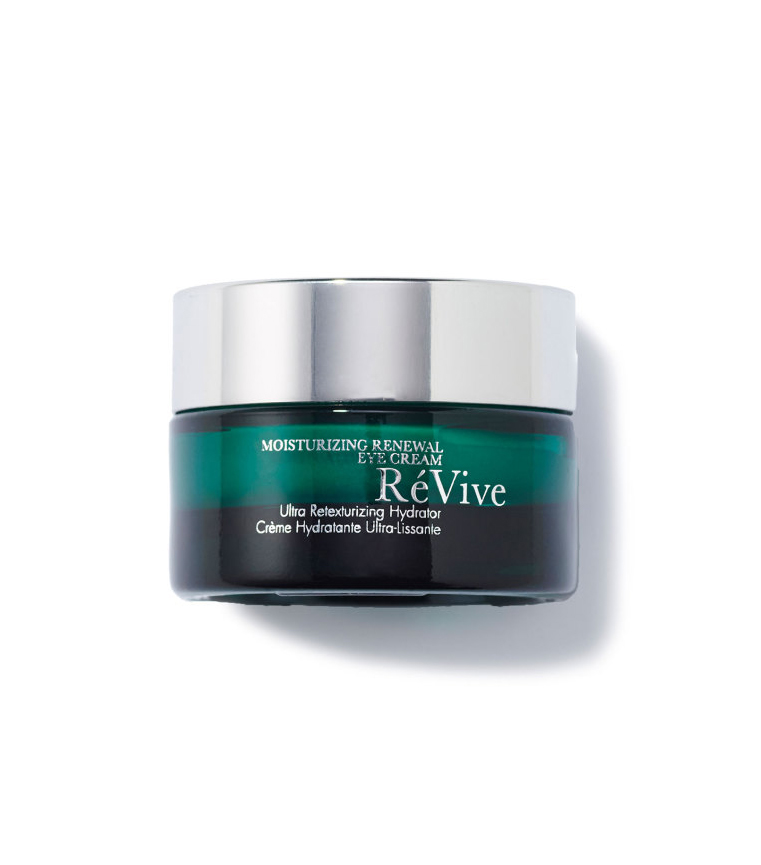
from Who What Wear https://ift.tt/2QTI6TB

No comments